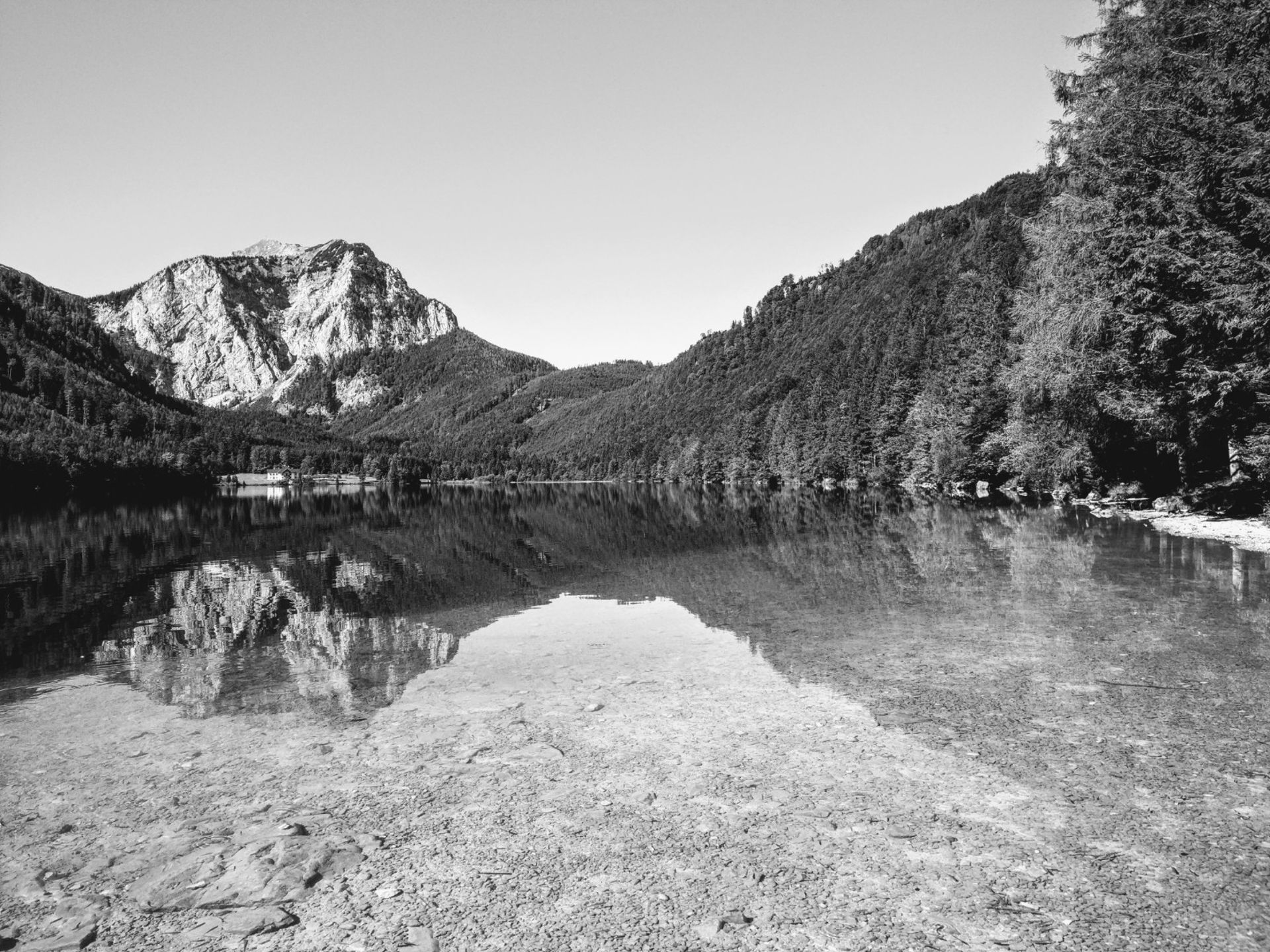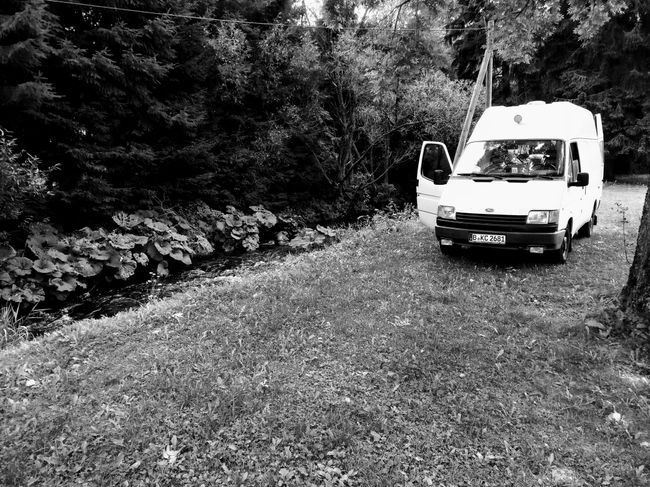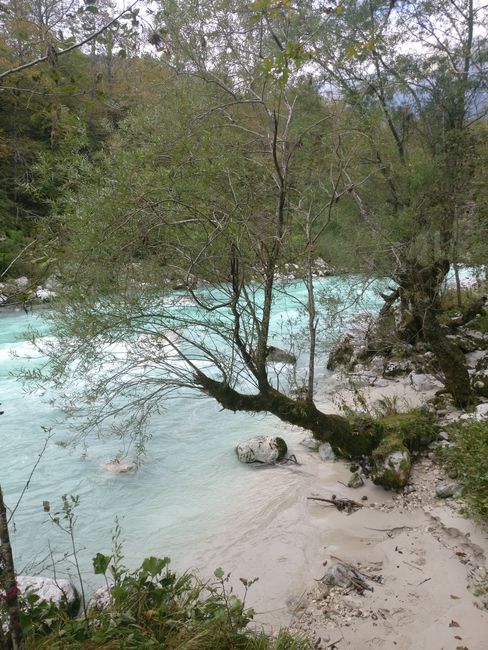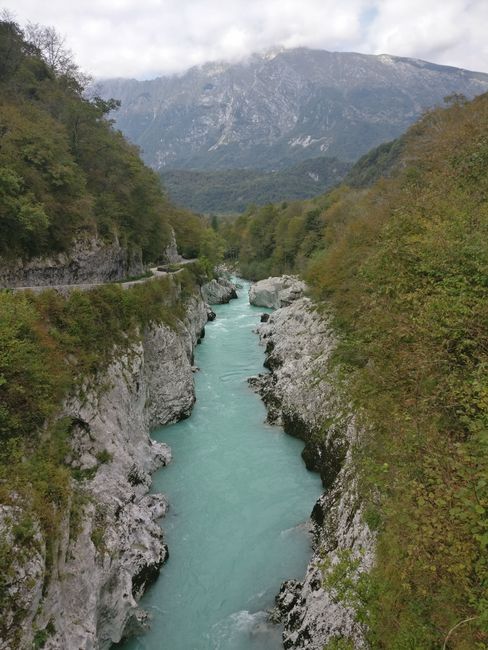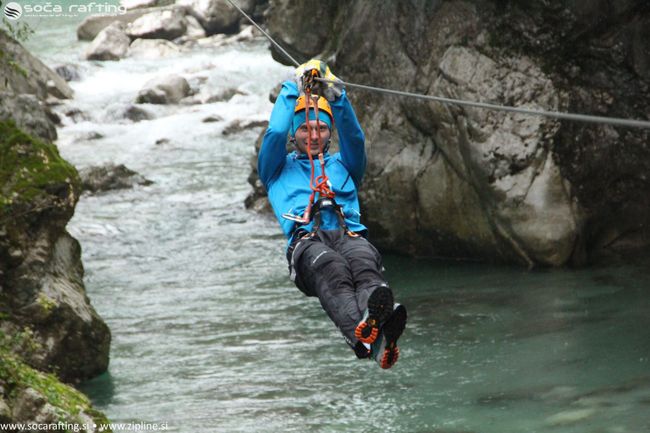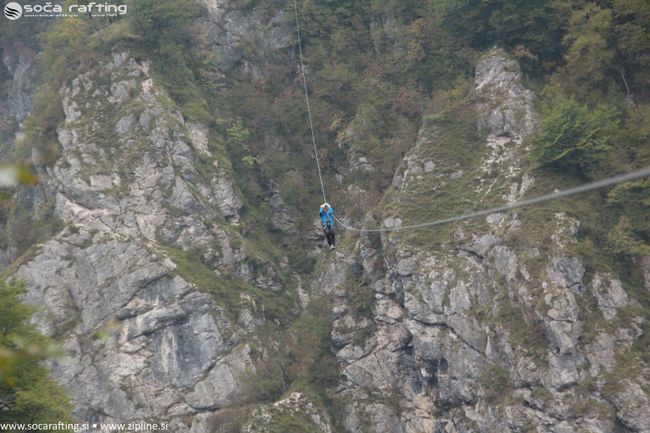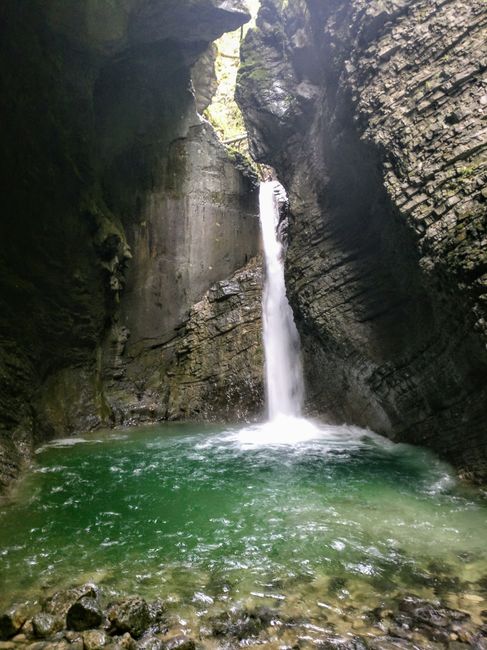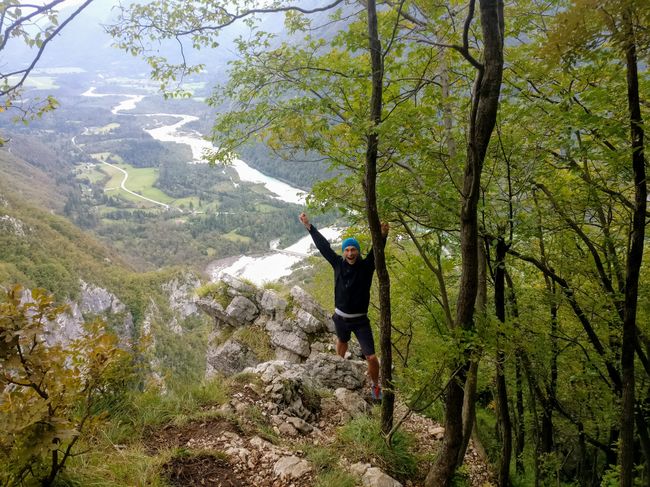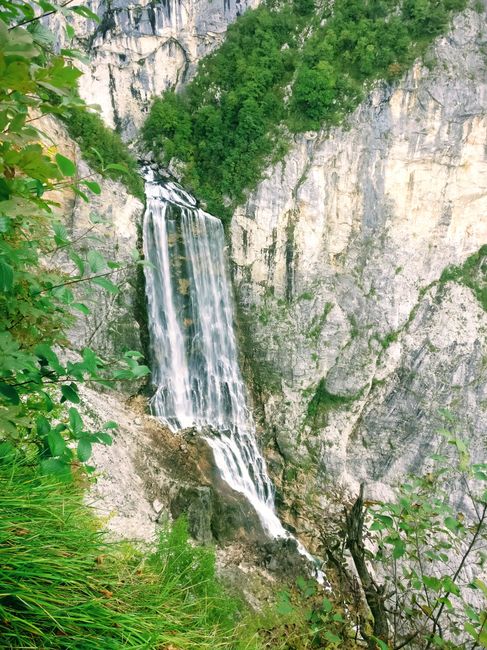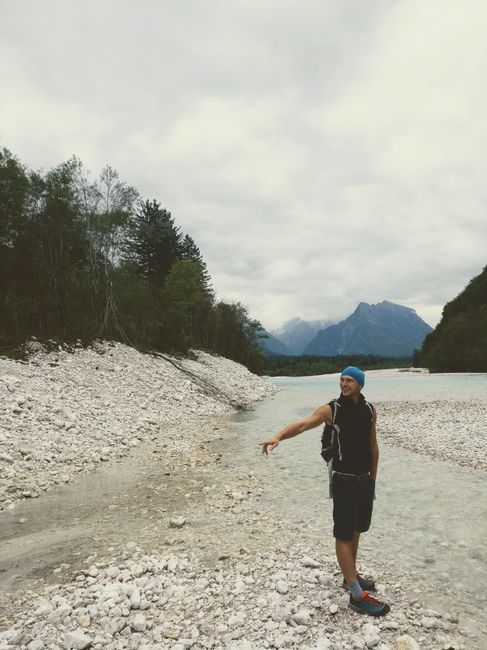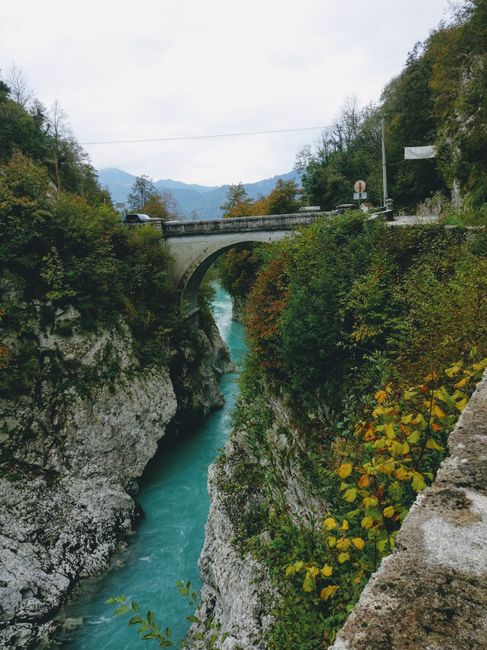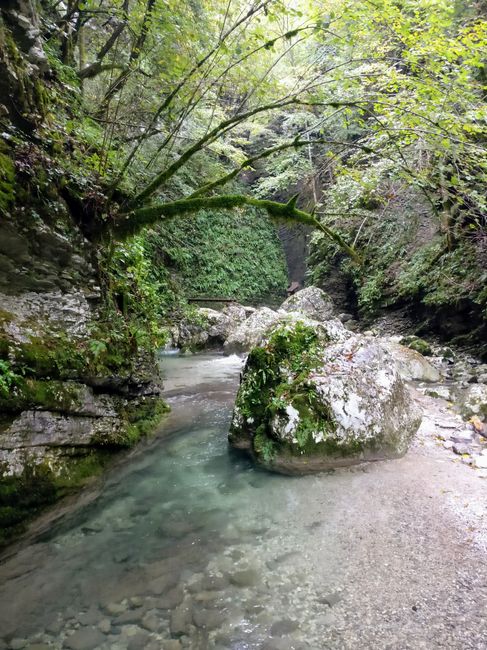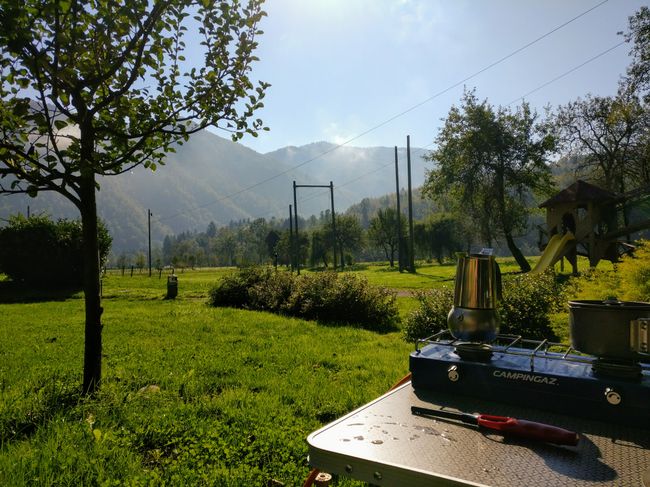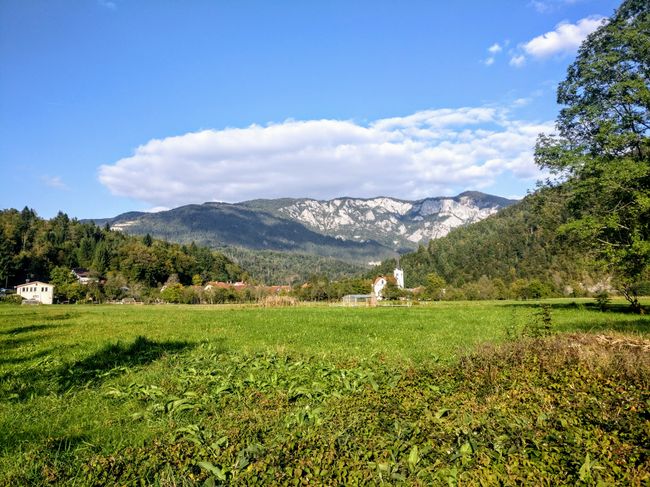23.-30.09.2017 Slovenia -> Kobarid-Bovec-Idrija-Ljubiliana-Osilnica
Diterbitake: 01.10.2017
Langganan Newsletter
As promised, we are here to reveal what's next... It's the Republic of Slovenia. As soon as we crossed the border from Italy, we were shaken violently on the roads. We wanted to save some money by not buying the vignette for €15 for 7 days - no chance. So we stopped at the next gas station and bought one. The saleswoman spoke excellent English, and I wondered what language is spoken in Slovenia, such a young country - not spectacular but true, according to the 1991 Constitution, Slovene 😉. The first impression - awesome. Everything is wild and natural again, just like what we saw in the Czech Republic last time. It quickly becomes apparent that Slovenia is small - we haven't even driven 70 km and we have already crossed half of the eastern part. I knew nothing about Slovenia, but that applies to the entire southeastern region of Europe.
With a population of only around 2 million, Slovenia is the most advanced country in the former Socialist Federal Republic of Yugoslavia. English is not a problem, you can have fluent conversations everywhere, and the hospitality is great, just like in the previous countries. All the prejudices I had about the country, without knowing anything about it, I quickly threw away.
First destination in Slovenia - the Soča River near Kobarid, in the Julian Alps. It is said to be one of the most beautiful rivers in Europe. Well, it is the most beautiful river I have ever seen. The water flows in azure blue, wild and raging along a gleaming white dolomite riverbed. We stay at a very nice campsite called "Kamp Koren" right on the Soča River. The sound of the river accompanies us throughout the days. In the evening, I take a bike trip to the nearby mountain and am amazed by the landscape - several 2200-meter-high mountains rise above the clouds.


The next day, we wanted to take one of the many adventure offers and drove to Bovec, home to the longest zip line in Slovenia. I am always very skeptical about such activities, thinking that they are just "fun" that costs money, but it was supposed to rain all day so I went along with it. I had a certain tension in me because it would go over 200 m high gorges - I remember my weak knees on the via ferrata on the Schoberstein. What can I say, it was awesome. On the tour, we met Maja and her child. She studied German and spoke to us in fluent German. She is from Ljubljana, the capital, and spontaneously invited us to spend the night on her property and use her shower and kitchen. An offer that you can only wait for on such a trip 😊. After exchanging numbers, she even sent us the zip line photos that were too expensive for us from the organizers.
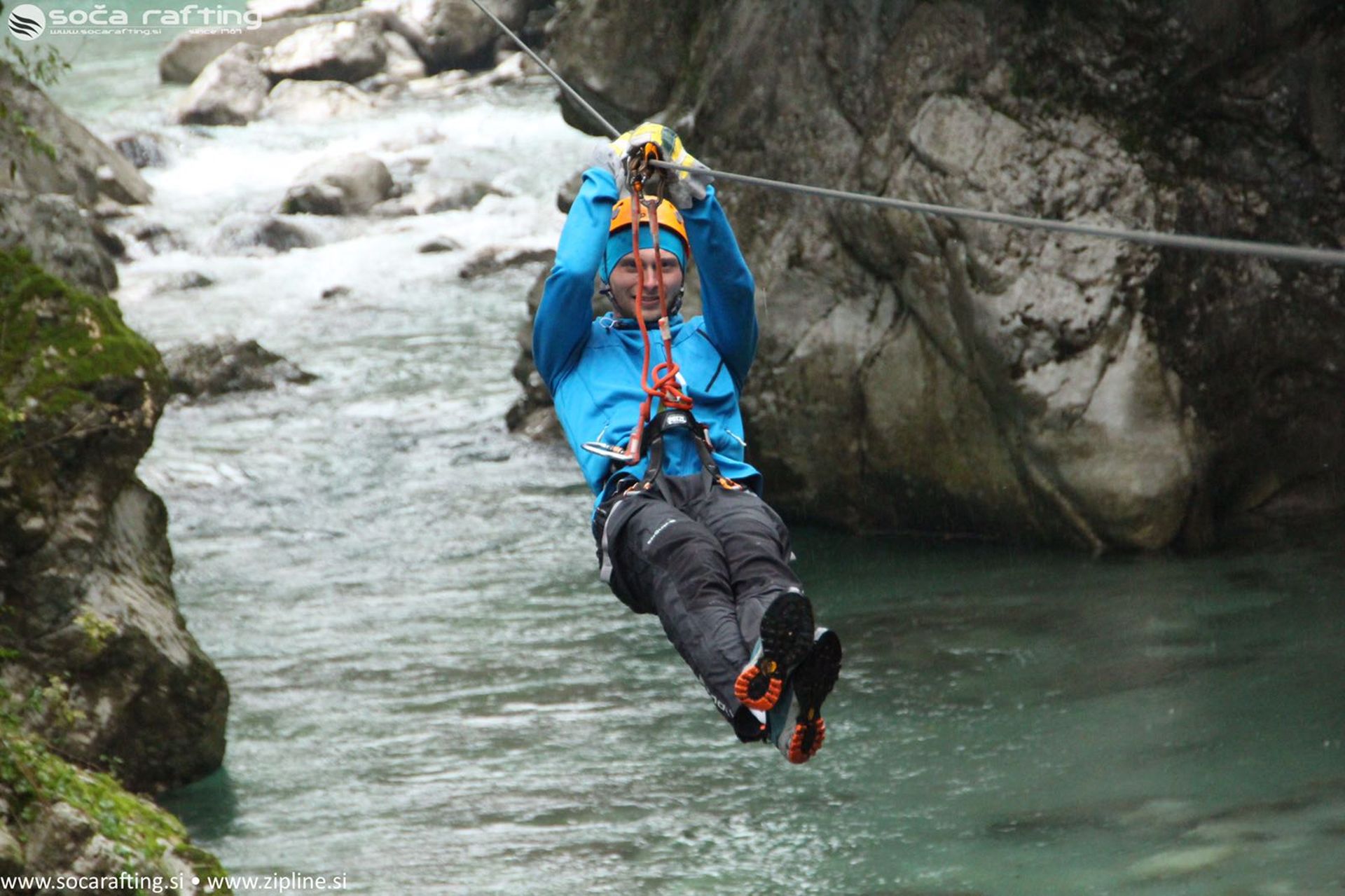
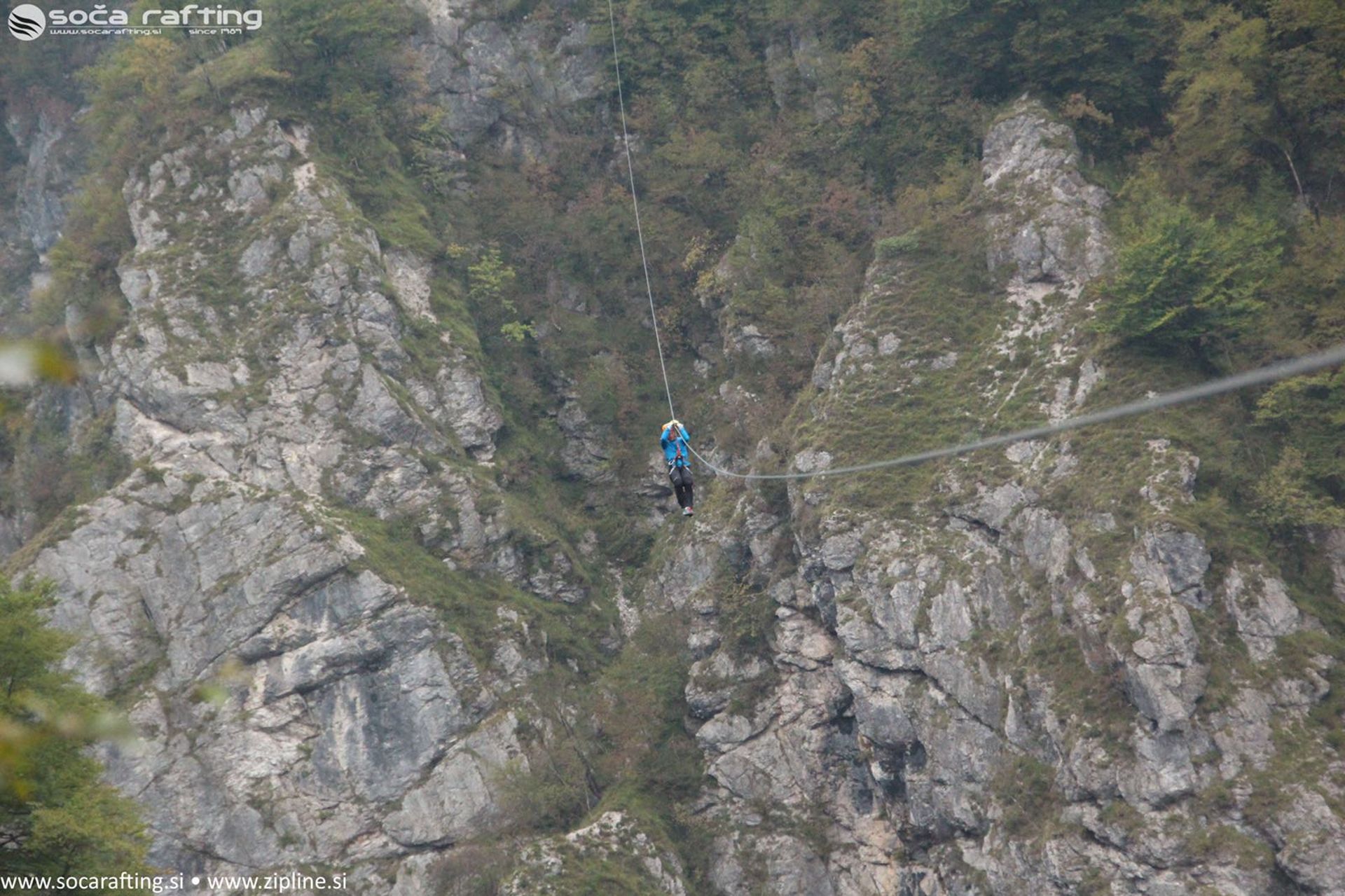
In the evening, we went to Kobarid and found a great shop that offered all sorts of local specialties, particularly milk and cheese. The campsite was also impressive, with draft beer costing €1.80, which is much cheaper compared to €4 in Italy. We stayed for another 2 nights and hiked to two waterfalls that were extremely full due to the heavy rainfall in the past few days. Both waterfalls were impressive in their own way. The first one, "Slap Kozjak," was relatively close to the camp and was simply breathtaking because it fell into a cave, creating incredible pressure and bass. The trail was less challenging but very beautiful through the riverbed.

The second hike was to the "Slap Boka," the tallest waterfall in Slovenia at 136 m. It simply comes out of the mountainside, flows straight for 20m, and plunges into the abyss. To see it, we had to climb to almost 740m altitude on a via ferrata.



Since the weather was expected to worsen, we continued our journey towards Ljubljana. On the way, we made a stop in Tolmin (less impressive) and Idrija. Idrija was worth a visit. For 400 years, it was home to the largest mercury mine in the world. A huge system of caves and a mental hospital are still witnesses to this today. Mercury was and is often used to extract gold from the ore, resulting in health and environmental damage. The effects can still be felt today, even as far as Trieste, at the end of the river. The sludge from the mining era is still contaminated.
Next, we headed to Ljubljana. Ljubljana is a charming small town with around 220k inhabitants, making it the largest and the capital of Slovenia. The atmosphere was nice, and the very small city center was also nice, BUT - I didn't really connect with it here. Since Maja, whom we met at the zip line, didn't have much time, we stayed at the city campground, and we weren't really happy there either because we were visitors among the 140 pitches. The city is cute, and if you didn't already have the incredible journey through nature in mind, you would have enjoyed it here too. In any case, after two nights, we continued immediately.
We wanted to get back into nature. So we drove 130 km through the Slovenian highlands to the border with Croatia. The drive was extremely exhausting, as it was constantly uphill and downhill, from one curve to another. Unfortunately, I could hardly enjoy the surroundings. What I saw was stunningly beautiful and diverse. After a long struggle over a mountain, it suddenly got cold, and I realized that we had also reached almost 1000 m and the view that opened up through the trees into the valley was breathtaking. Now we had to go down 700 meters over 14 hairpin turns, the brakes smoked, Käthe groaned, this is not our terrain, but we arrived safely at the bottom. The chosen campsite, Kovac, a hotel with a sports park, greeted us warmly. We were the only ones next to another Slovenian motorhome with a view of the mountains and a porch swing in the background. When we asked what we could do here, they said hiking and bear watching. 'There are more bears here than inhabitants,' and it's true. Osilnica is the smallest municipality in Slovenia, with 14 villages and a total of 430 inhabitants. Impressively negative is the barbed wire fence between Slovenia and Croatia that was built in 2015, visible near the border. It occupied my mind a lot when I was here. Borders are a strange invention of humans - I still think a lot about it...
After an incredibly cold night with 2 degrees, I groaned in the morning. But around 10 am, the sun fought its way through the thick fog, and the thermometer jumped from 7 to 18 degrees in just 30 minutes. Time for breakfast and quickly get going before it gets cold again. We passed the border, past the border fence, along the Kupa River to the Kupe Spring. It has been explored and divers have already gone down 154 meters, but it is much deeper. It is hard to imagine that a river several meters wide emerges at one point. I later learned that the Boka Waterfall is exactly such a phenomenon. The water of the Boka initially rises several hundred meters inside the mountain before falling back down. The cause is channels dug through the dolomite. The mechanism is still not fully understood to this day.


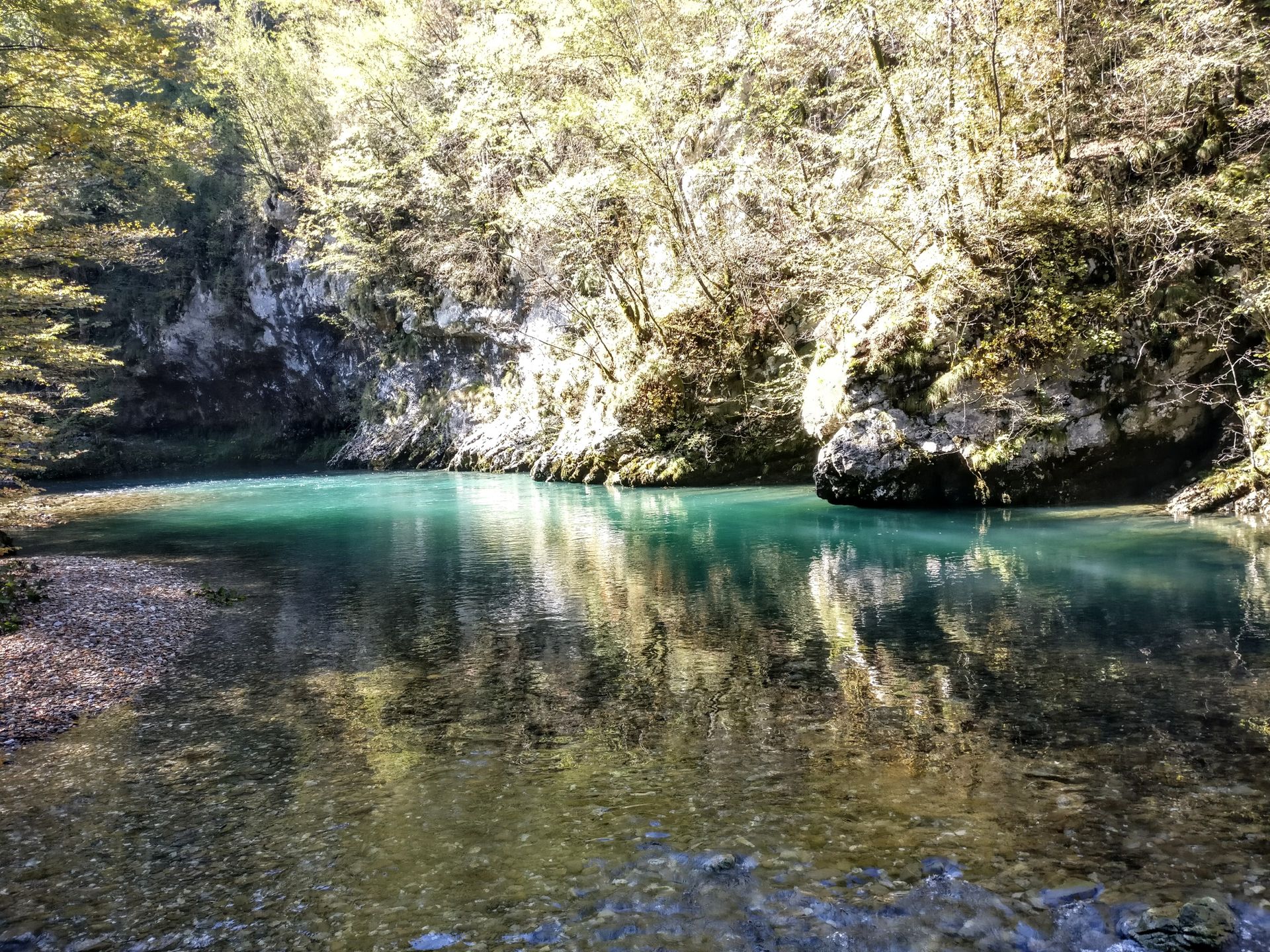

Langganan Newsletter
Wangsulan
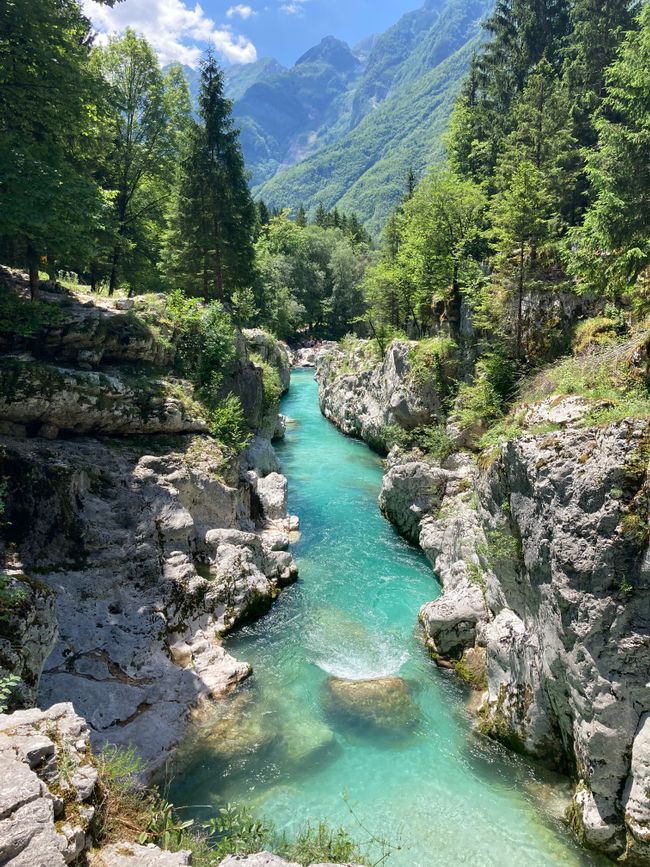
Laporan perjalanan Slovenia
